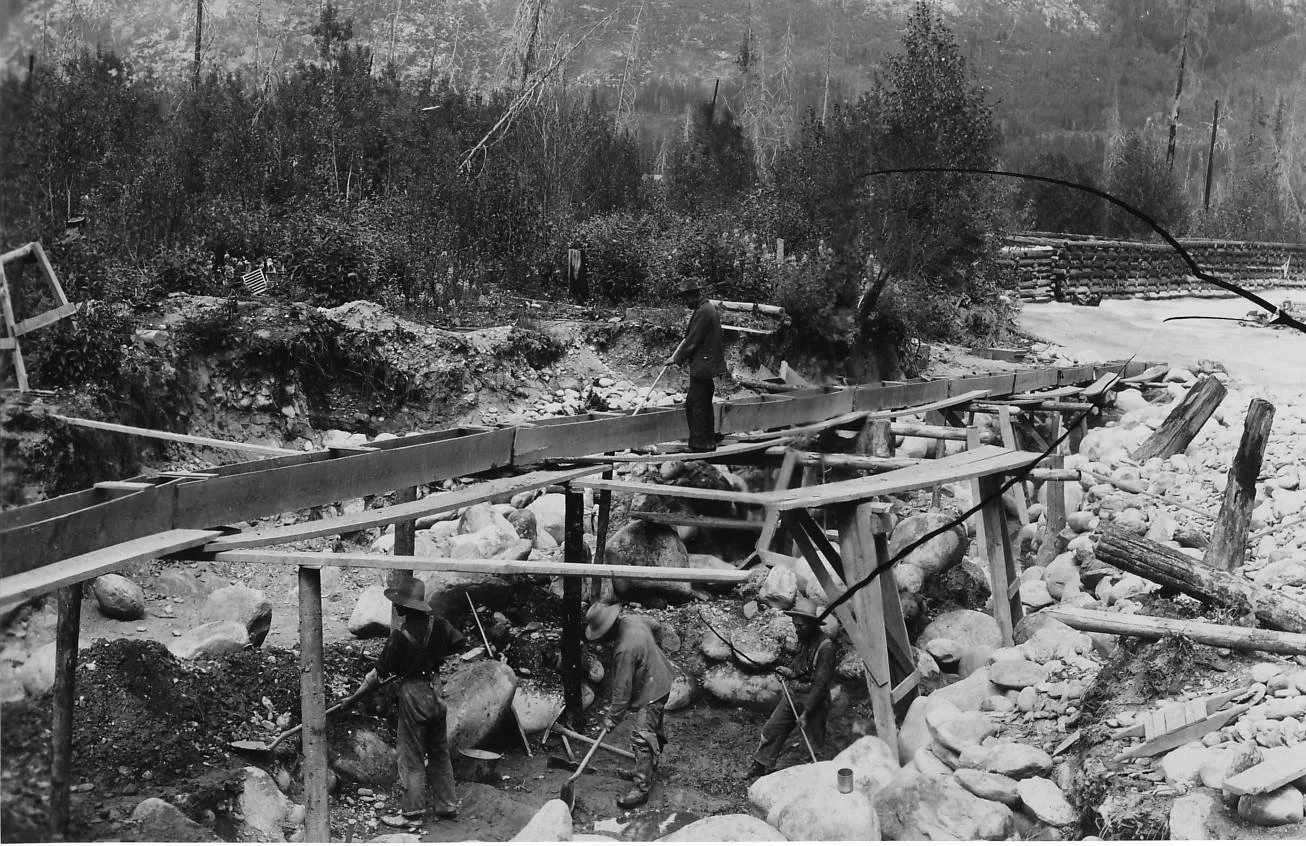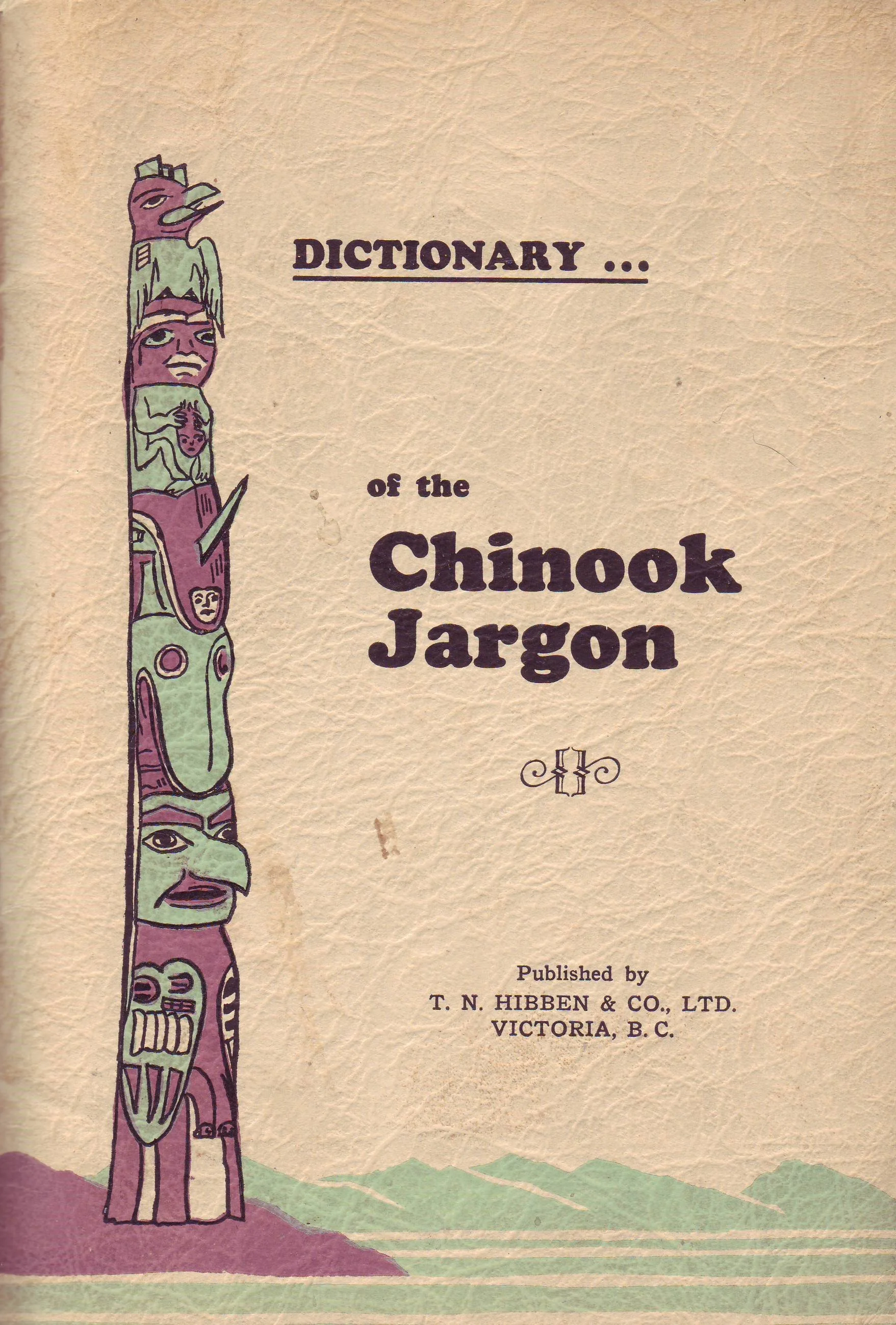Over the years I’ve collected, among other things, trade cards (see below) and bottles.
Trade cards drew my interest as examples of the printing and advertising arts, and bottles, well, bottles were fun—digging up history—and they complemented trade cards because they’d contained patent medicines and liquor.
Bottles, trade cards, labels and liquor all went together in the heyday of patent medicines which—so their makers claimed—could cure all that ailed you. This was mostly blarney at best, and an outright lie that could have lethal results at worst,
Mrs. Winslow’s soothing syrup, for example, contained so much morphine that it killed an unknown number babies whose mothers had trustingly dosed them.
It’s a fascinating subject as we’ll see in next week’s Chronicles.
*******
PHOTO: This “medicine” has gone down in medical history as “the baby killer”. —artefact.museumofhealthcare.ca
Read More




















